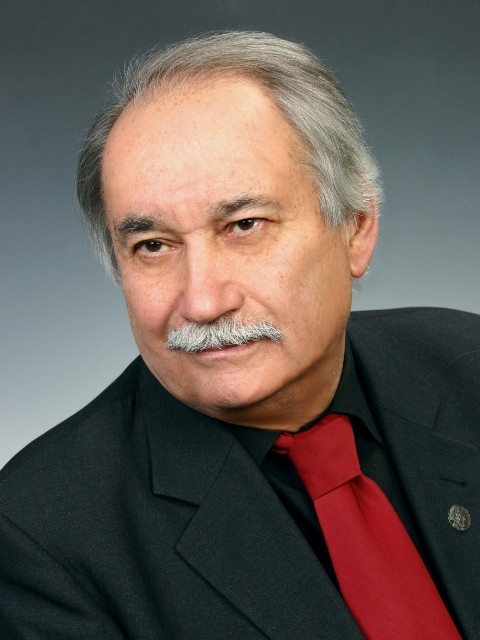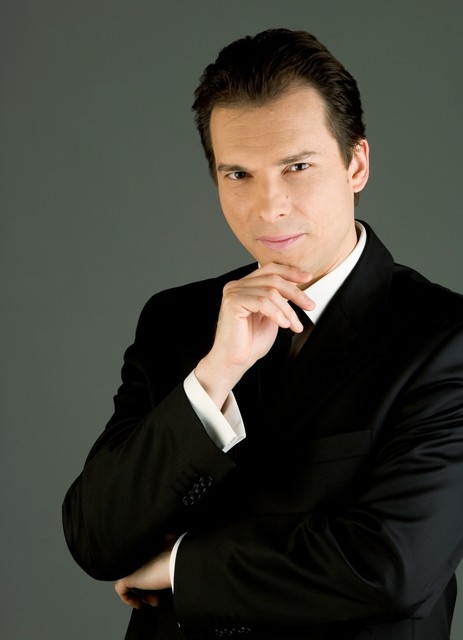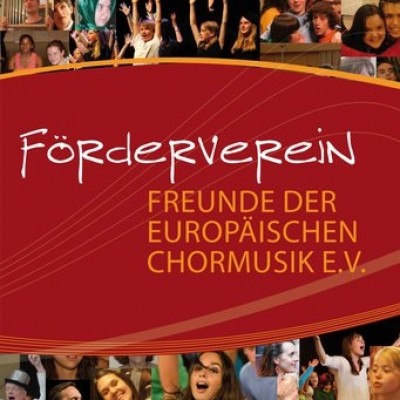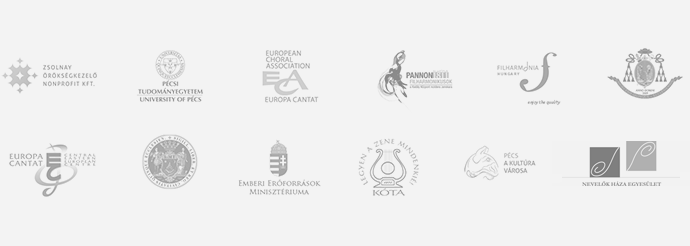The two conductors leading this atelier will work in partnership: they will equally share the workshop, choosing, teaching and conducting half the repertoire each, and helping each other wherever possible and needed.
For practical information, click on the following:
ATELIER SCHEDULE
DRESS CODE for atelier final concert: Shirts in colours, especially white, red, green and blue, symbolising the two national flags of the composers (the Hungarian and Serbian national colours). Pants should be traditionally black.
***
REPERTOIRE
Music scores are available for ordering/downloading at the following page on the website of Editio Music Budapest:
http://www.kotta.info/en/campaign/EC2015B17
- Bartók Béla: Öt egyneműkar kiszenekari kísérettel:
- Huszárnóta / Hussar Song
- Ne menj el! / Don’t Leave
- Resteknek nótája / Loafers’ Song
- Bolyongás / Wandering
- Cipósütés / Bread-baking
- Bartók Béla: Négy szlovák népdal vegyeskarra zongorakísérettel
- Stevan Mokranjac: Garland-Songs
(a) Coastal Melodies
(b) Hungarian folk songs
(c) Garland II - From my homeland
(d) Garland V - From my homeland
(e) Garland IX - From Montenegro
(f) Garland X - From Ohrid
(g) Garland XII - From Kosovo
(h) Garland XV - From Macedonia
***
VIDEOS/SOUNDS CONNECTED TO THE ATELIER TOPIC
- Bartók: Négy szlovák népdal https://www.youtube.com/watch?v=zbUXGvUjGvo&feature=youtu.be
- Bartók: Öt egyneműkar kiszenekari kísérettel: http://youtu.be/2EPeljm7xZw
- Mokranjac: XV Garland-Songs from Macedonia: https://www.youtube.com/watch?v=GfFryZODYRg
- Mokranjac: II Garland-Songs from Serbia https://www.youtube.com/watch?v=W5iWVWWJ7iA
- Mokranjac: Coastal Tunes-Songs from the Adriatic Coast https://www.youtube.com/watch?v=egCsDtq0FWo
- Mokranjac: XII Garland-Songs from Kosovo https://www.youtube.com/watch?v=DXlrnWJzHwE
- Mokranjac: Cherubim Hymn from the Liturgy https://www.youtube.com/watch?v=r_qCXRPWIqc
WEBSITE
Conductor Bojan Sudjic performing a New Year’s Concert in Belgrade 2014, with the Serbian Radio&TV Symphony Orchestra and Choir; popular classical music and Serbian symphonic and traditional music: https://www.youtube.com/watch?v=vzdFR1YkGPc
The World of Bartók
Between 1906-1918 Bartók collected almost 3500 slovakian folk songs, which appear as an inspiration, moreover as source of his compositions. In 1917 he added piano accompaniment to four of these small folk genre pictures (life scenes). That is how the "Four Slovak Folk Songs" was born. The other piece of Bartók is “Five Choral Works for Equal voices with chamber orchestra accompaniment”. The choral works for equal voices are Bartók's vocal microworld's typical compositions. The series of 27 pieces was originally composed for a capella equal voices, and later, in 1937 five of them were completed with chamber orchestra accompaniment, thereby the songs’ message became even more expressive.
Piano: András Körtesi
Orchestra: Instrumentalists of the Pannon Philharmonic Orhestra
The World of Mokranjac
Rukoveti (Garlands or Song wreaths) are Mokranjac’s original music form, constructed of various folk tunes and skillfully combined into one composition. There are Garlands from Serbia, Kosovo, Macedonia, Montenegro, Bosnia, Dalmatia, and also one Garland of Hungarian folk songs. The atelier will include the most beautiful and well-known parts of these choral works, as well as an example of Mokranjac’s sacred music, which is also based on traditional church chant.
"Witness the snapshots of Bartók's soul. Be part of a musical journey and experience the musical moments of Bartók. A pianist and a chamber orchestra will be your mates during the journey."
/Attila Kertész/







